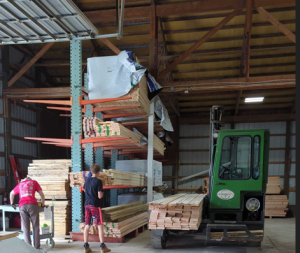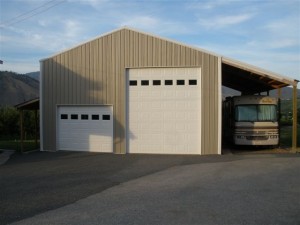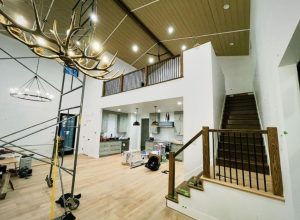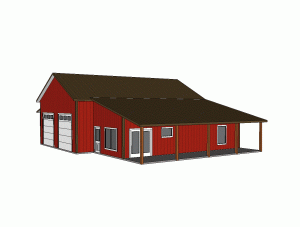A Builder’s PET
The stereotypical builder appears to be characterized as driving a four-wheel-drive extended cab pickup (of course jacked up so a ladder is required to get in), having a jobsite stereo system which can be heard for miles with the sound turned to only 30%, and of course – the ever faithful pet, the huge (usually slobbering) dog.
 Besides the dog, there is another pet which is loved especially by framing contractors. Precision-End Trimmed lumber (known by its acronym PET) is lumber which is trimmed square on both ends to uniform lengths. The manufacturing tolerance is 1/16th of an inch over or under length in no more than 20% of the pieces.
Besides the dog, there is another pet which is loved especially by framing contractors. Precision-End Trimmed lumber (known by its acronym PET) is lumber which is trimmed square on both ends to uniform lengths. The manufacturing tolerance is 1/16th of an inch over or under length in no more than 20% of the pieces.
Most often PET lumber is found in studs for framing exterior and interior walls. The most common length of PET stud is 92-5/8” which, after the bottom, top and double plates are added, gives a finished framed ceiling height of 97-1/8”. When 5/8” gypsum wallboard is added to the ceiling, two rows of four foot width wallboard can be installed horizontally on the walls without having to rip them lengthwise.
Other than for studs, unless by special order, dimensional lumber is NOT PET lumber.
When constructing his self-storage pole building, Hansen Buildings owner Eric often commented upon how inconvenient it is for framing lumber to not be cut to exact lengths.
(Begin more reading on Eric’s project at: https://www.hansenpolebuildings.com/blog/2014/06/builder/)
When purchasing a piece of two inch (2×4, 2×6, 2×8, etc.) at your local lumberyard or big box store (e.g. The Home Depot® or Lowe’s®) take out the trusty tape measure and check the length on a few boards.
Most typically proper, standard lengths of lumber are cut just a little bit longer. This extra length, generally from 3/8 to 5/8 inches, allows for proper squaring of the board. Especially with wider width lumber, it is not uncommon for one or both ends to have been cut slightly out of square when being processed at the sawmill from log to lumber.
There are times, in pole building construction, when the extra fraction of an inch makes all the difference in a board fitting or not. Frankly – I’d rather have the extra little bit to work with, than to have to go hunting for the green handled board stretcher









